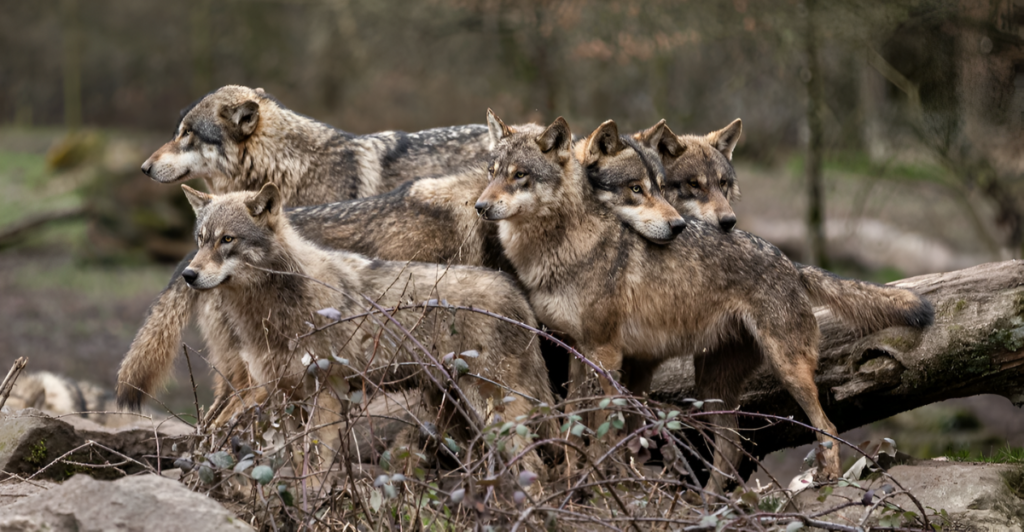
In 2020, Colorado made history by becoming the first state to mandate wolf reintroduction by public vote. The plan stirred excitement and concern. Since then, the rollout has been rocky, with loud pushback from ranchers and rural communities.
Efforts to repeal the voter-backed law have gained traction, citing fears over livestock loss, safety, and government overreach. But despite the noise, those efforts have failed for now.
This article unpacks why the repeal didn’t stick, the valid worries behind it, and what this means for the future of wolves, people, and policymaking in Colorado.
The Reintroduction Law That Started It All
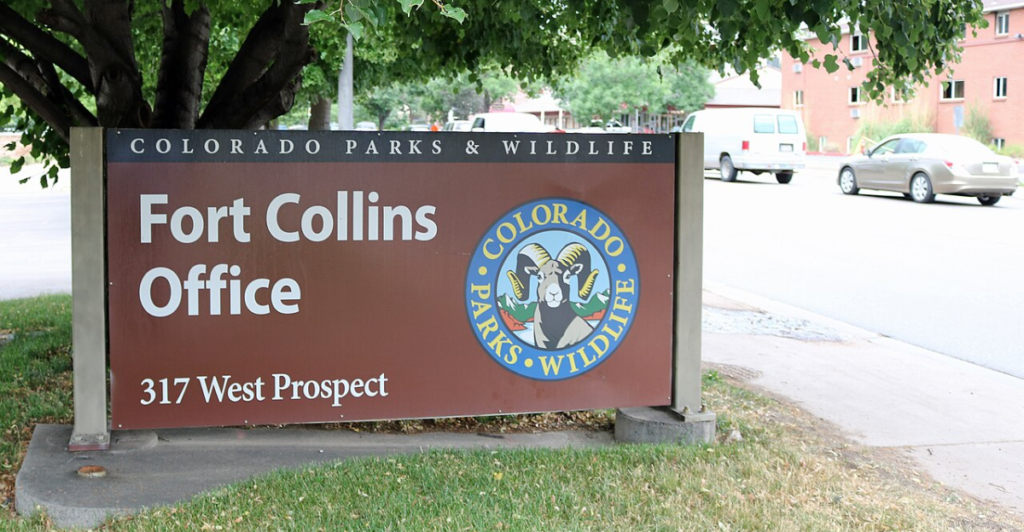
Proposition 114 passed in November 2020 with just over 50% of the vote. It required Colorado Parks and Wildlife (CPW) to develop and implement a plan to reintroduce gray wolves by the end of 2023.
The vote reflected a mostly urban-rural divide: city dwellers largely supported it, while those living near proposed release zones strongly opposed it. That tension hasn’t eased since.
The law also mandated public input, livestock compensation, and management strategies. But for many opponents, none of that erased the fact that wolves were coming, whether they wanted them or not.
The Repeal Campaign: Why It Happened
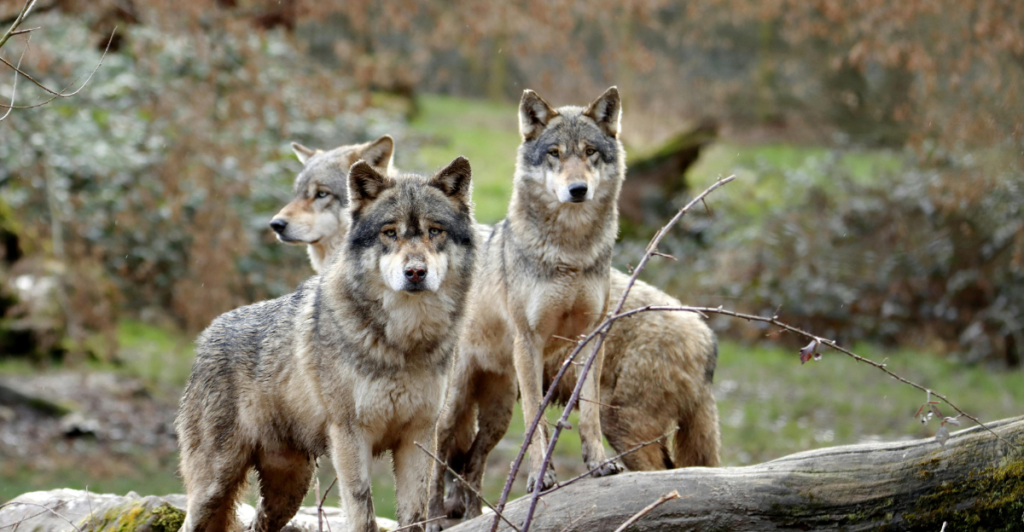
Frustrated with how the reintroduction was unfolding, a group called Colorado Advocates for Smart Wolf Policy launched a campaign to repeal Proposition 114. They argued that the plan was rushed, urban-driven, and lacked realistic support for those on the frontlines.
Ballot Initiative 13, their proposed repeal, aimed to cancel reintroduction by 2026 and redefine how wolves are classified and managed in the state.
Organizers cited everything from livestock threats to ecosystem disruption to government overreach. They believed voters hadn’t understood the full implications and wanted a second shot at the decision.
Legal Hurdles Stop the Repeal in Its Tracks
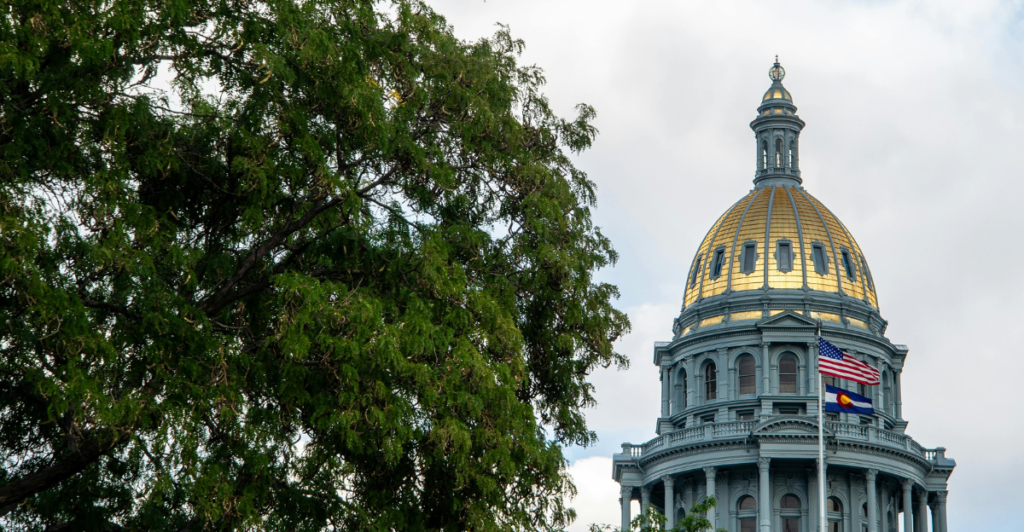
Despite gathering momentum, the repeal campaign hit major procedural walls. The State Title Board rejected changes to Ballot Initiative 13, saying the language violated the single-subject rule. Without clarity and legal approval, the group couldn’t move forward.
That alone didn’t kill the repeal, but it stalled it long enough to hurt its chances. Add in tight timelines and limited funds, and the effort couldn’t reach the 2024 ballot.
Supporters now aim for 2026, but legal and logistical challenges remain. Repealing a voter-backed law isn’t easy and they’ve found that out the hard way.
The Funding Fell Flat
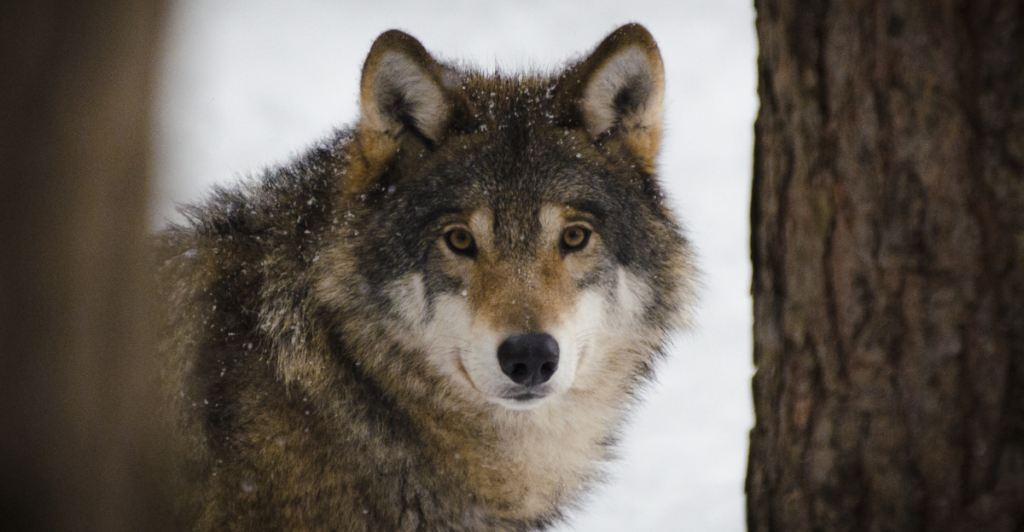
Beyond legal roadblocks, the campaign ran into another all-too-familiar issue: money. The group behind the repeal set a fundraising goal of $200,000 by March 2024 and missed it by a wide margin.
Organizers cited donor fatigue, limited PAC support, and a lack of national visibility. Meanwhile, pro-wolf groups like Defenders of Wildlife continued to secure larger donations and political backing.
Without serious financial support, signature gathering, legal fees, and outreach became nearly impossible. And that funding gap may speak volumes about where broader public support truly lies.
Mixed Opposition: Not All Ranchers Wanted a Repeal
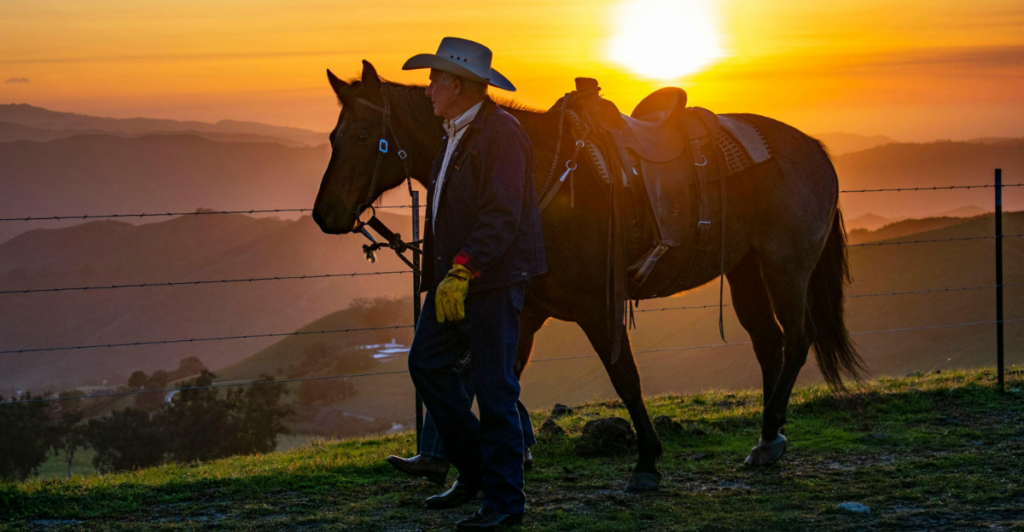
Interestingly, not all rural voices backed the repeal. Some ranchers and local leaders who originally opposed the reintroduction chose to work with CPW instead of fighting the law outright.
They supported compensation programs for livestock losses and initiatives like range riders to reduce wolf conflict. These groups feared that a repeal would unravel progress and jeopardize hard-won compromises.
It revealed a surprising shift: many in the ag community wanted practical solutions, not more political chaos. That nuance rarely made headlines, but it mattered on the ground.
CPW’s Wolf Plan Marches On
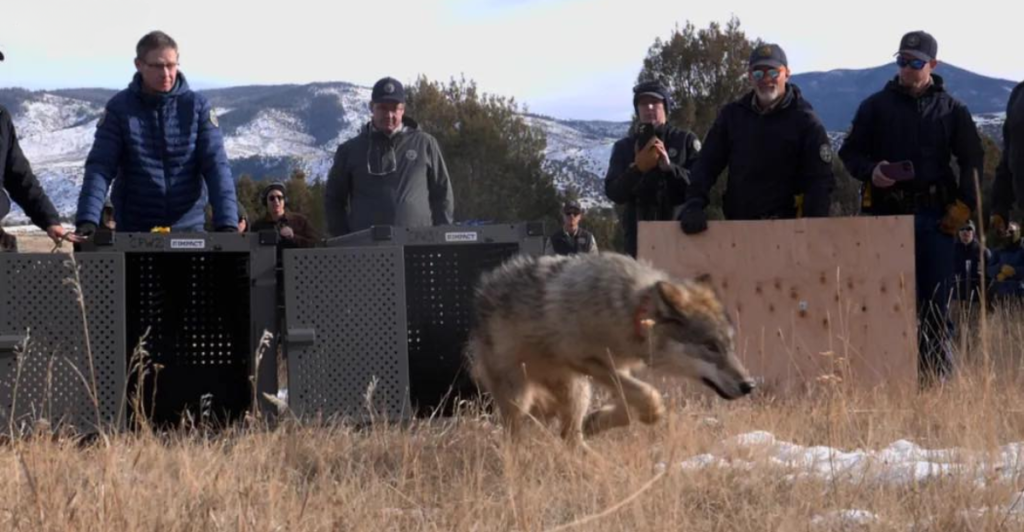
While the repeal struggled, Colorado Parks and Wildlife continued executing its reintroduction plan. In December 2023, the state released the first five wolves into North Park. More followed, with the goal of establishing a self-sustaining population.
CPW has also rolled out conflict mitigation strategies, education programs, and streamlined compensation for ranchers. Critics argue it’s not enough, but supporters say it’s progress.
The agency’s approach is cautious and science-based, relying on years of data from other states like Oregon and Yellowstone. They’re not winging it, but the pressure to get it right is immense.
Valid Concerns Aren’t Being Ignored
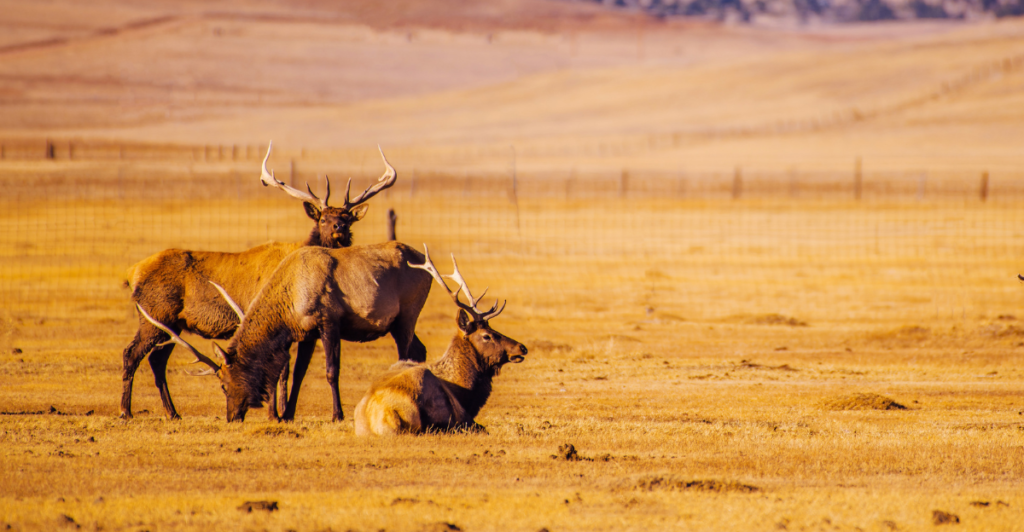
Opposition to wolf reintroduction isn’t just fear-based. Ranchers worry about losing livestock. Hunters worry about elk populations. Rural communities fear the long-term effects on their way of life.
CPW and the state have acknowledged these concerns and taken steps to address them, but trust is still a big issue. Many locals feel dismissed by urban voters who don’t deal with wolves directly.
It’s a classic wildlife management dilemma: balancing ecological benefit with human reality. And that’s not going away, no matter how many wolves are released.
The Fight Isn’t Over Yet
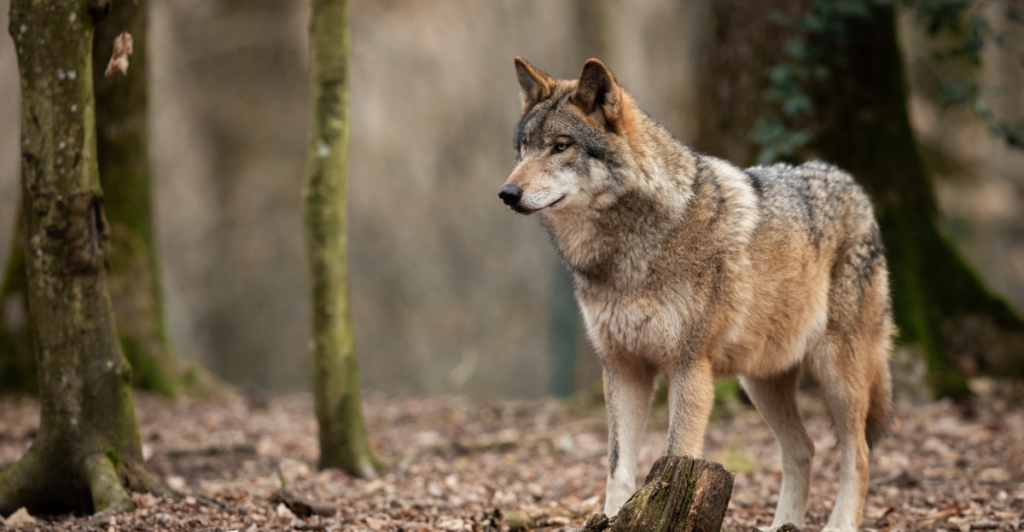
Although the repeal effort failed to make the 2024 ballot, backers are regrouping. Their new goal? 2026. That gives them time to refine language, raise funds, and rebuild momentum, especially if conflict with wolves increases.
Meanwhile, opponents of the repeal are already preparing for that fight. They’ve built coalitions, gathered support from scientists, and launched outreach campaigns to maintain voter backing.
Whether or not it makes the next ballot, the wolf debate is far from over. In Colorado, it’s become a symbol for deeper rural-urban divides and the limits of direct democracy.
Wolves Stay — For Now
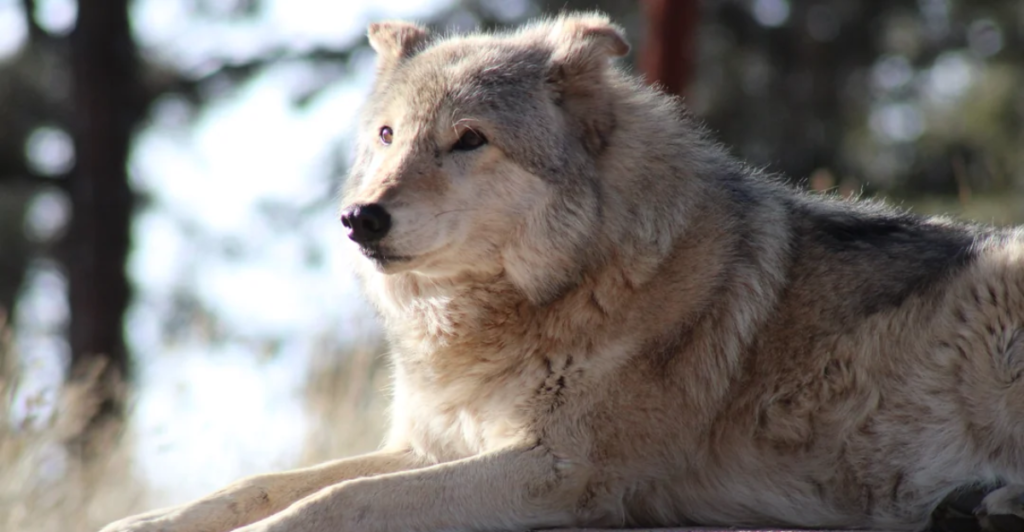
Efforts to repeal Colorado’s wolf reintroduction failed this round, but they exposed real tensions behind a policy that’s anything but black and white. Rural residents have valid concerns. Conservationists have long-term goals. And voters are stuck in the middle.
The wolves are here. The law stands. But that doesn’t mean the debate is settled. What happens next depends on whether trust can be built and whether science, community, and policy can meet somewhere in the middle.
In Colorado’s wilderness and its politics, coexistence is still a work in progress.
Explore more of our trending stories and hit Follow to keep them coming to your feed!

Don’t miss out on more stories like this! Hit the Follow button at the top of this article to stay updated with the latest news. Share your thoughts in the comments—we’d love to hear from you!







